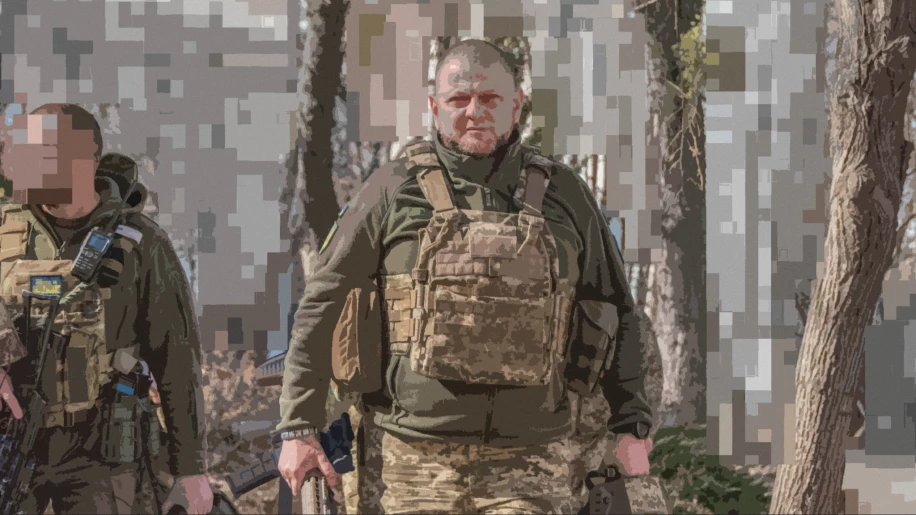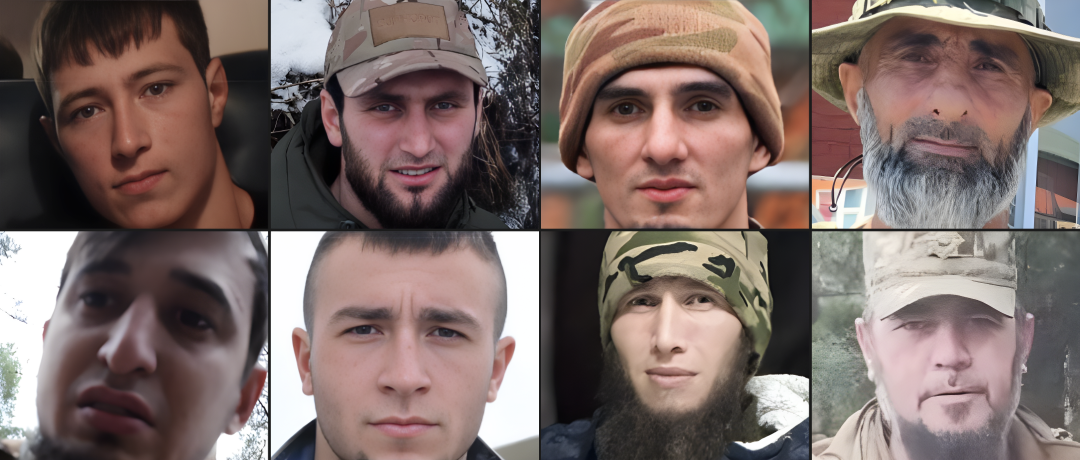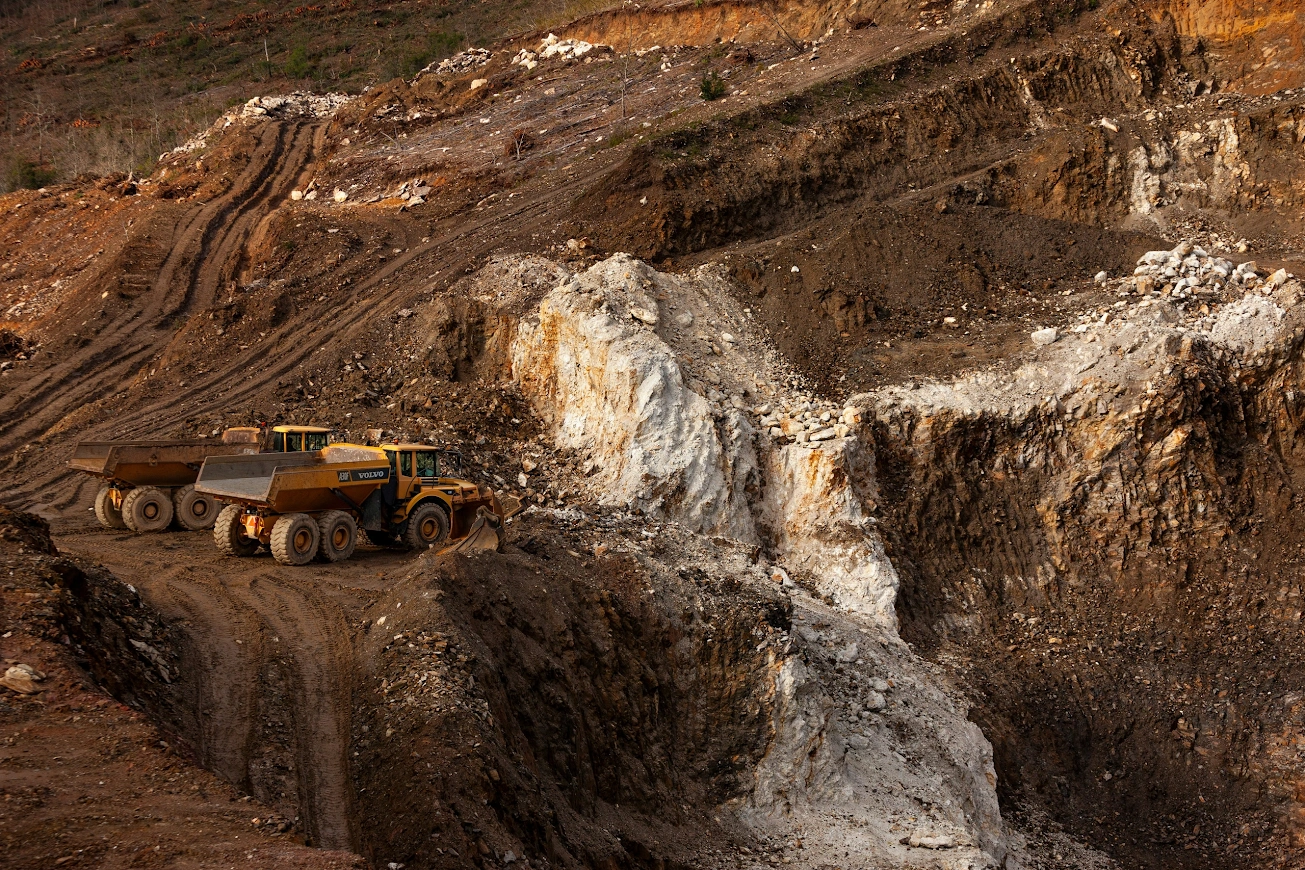Here is a photo instruction, a checklist, which must be used to check the footage at the editing stage, before publication. The lives of people and the safety of strategic facilities, military equipment, etc. literally depend on the care and responsibility of content makers. This is critical: we are aware of repeated cases of rocket and artillery attacks being adjusted based on recklessly published photos and videos.
Don't help the enemy! Otherwise, you will be judged and punished as traitors and enemy adjusters!
Molfar in social networks 👉 Molfar Global
What can NOT be filmed during the war?
❗️ The article prepared as part of our support for the Spiv Brativ art group. A simple check of the footage turned into a full-fledged instruction manual for future content makers dealing with military topics. Thank you for your trust!
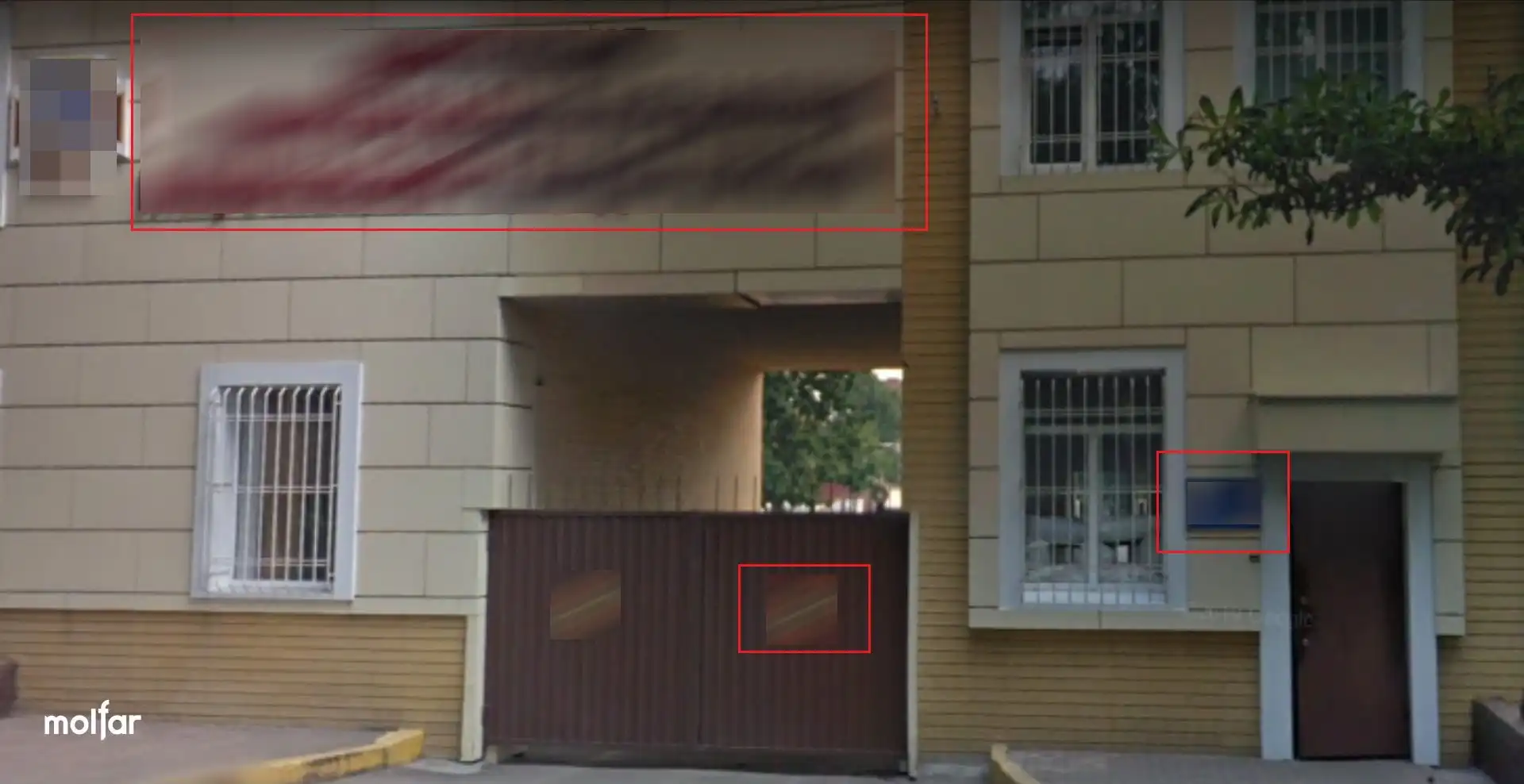
This information can be used to find the coordinates of the military's dislocation, which the enemy can use to launch a missile attack.
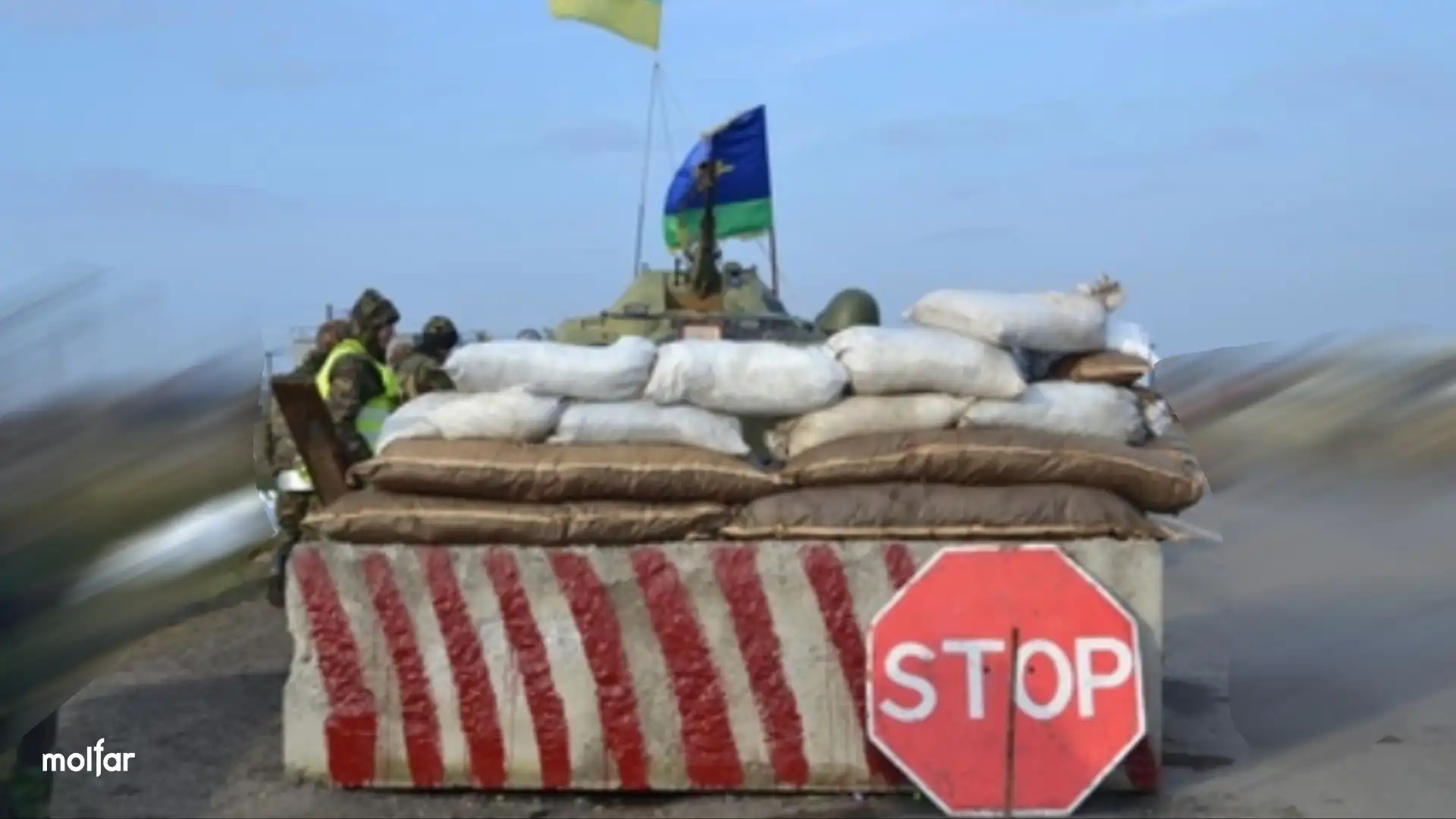
The spread of this information may reduce the security of our military.
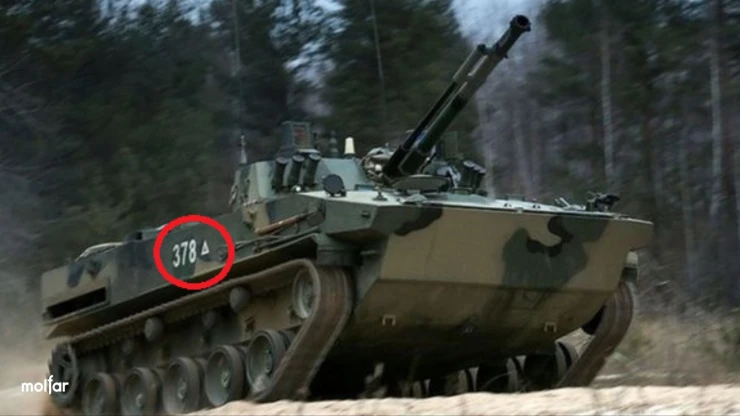
The markings can be used to find out to what unit the equipment belongs, and in some cases, to find the coordinates of the military's deployment.
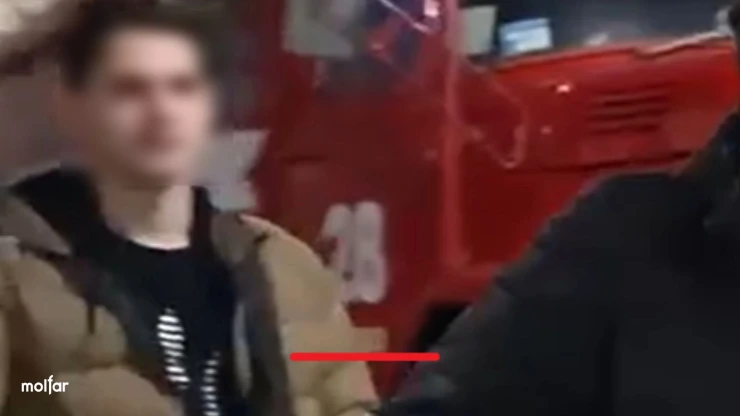
Using the marks, you can find the coordinates of the military location, firefighters, rescuers, etc.
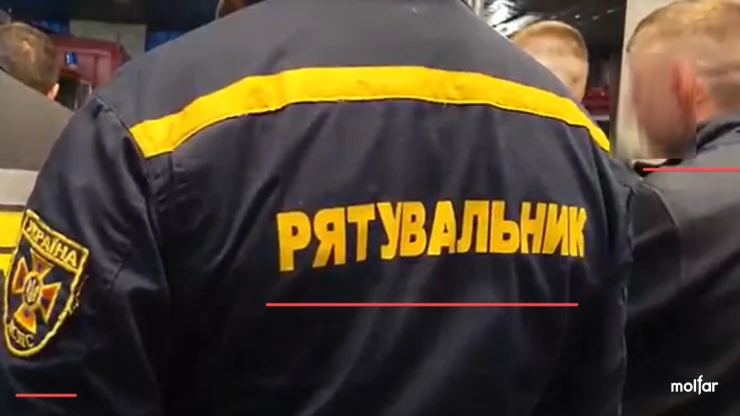
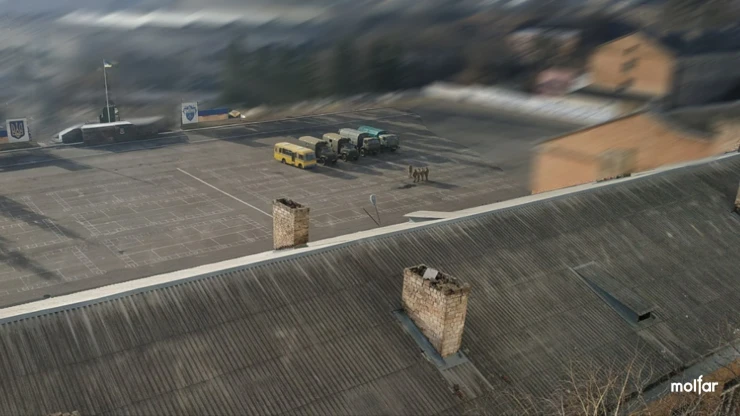
There may be atypical buildings in the view from the window that make it easy to identify military locations.
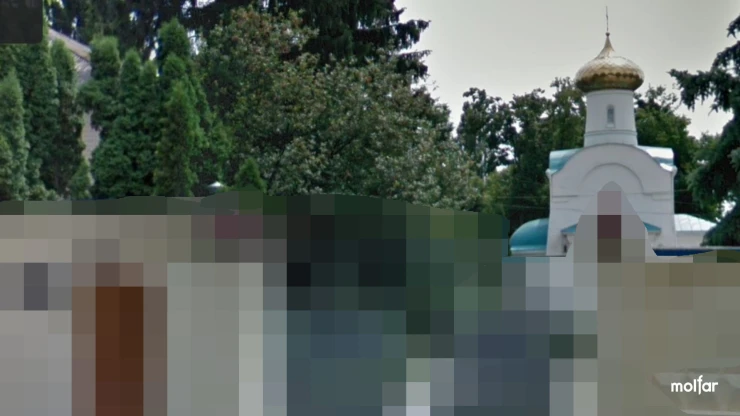
For example, there is a church on the territory of a military unit that is visible through the fence. This church is an excellent reference point for establishing the geolocation of a military unit.

For example, HIMARS combat vehicles. Or equipment that has objects behind it that can be used to geolocate the vehicle. It is also not allowed to film equipment that has not been officially reported in the media.
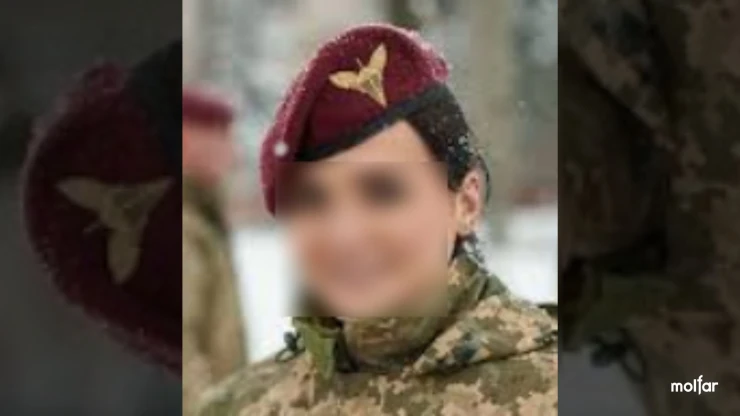
If you know a person's face, you can find their social media, find their name and date of birth on social media, and then get information about their service. If you know which military unit a person belongs to, you can also find out the names of other soldiers on social media. Their pages often contain materials that can help the enemy identify the location of a military unit.
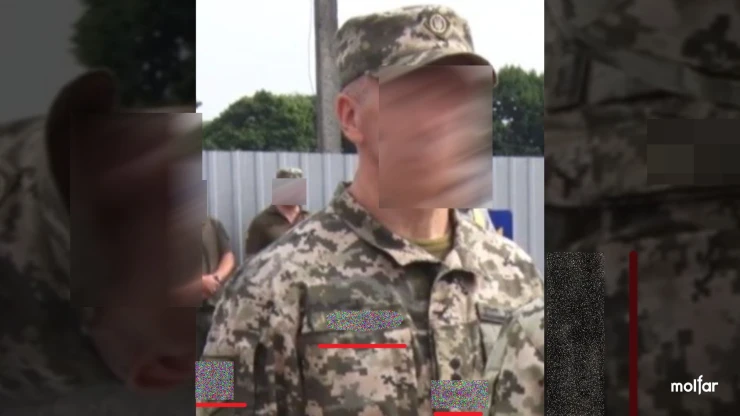
The same risk as mentioned above.
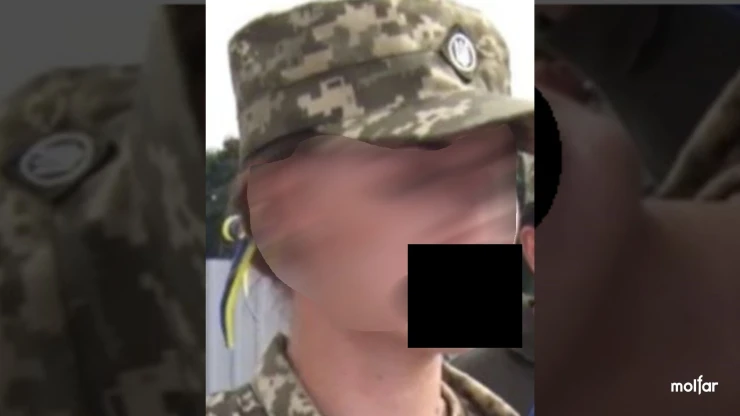
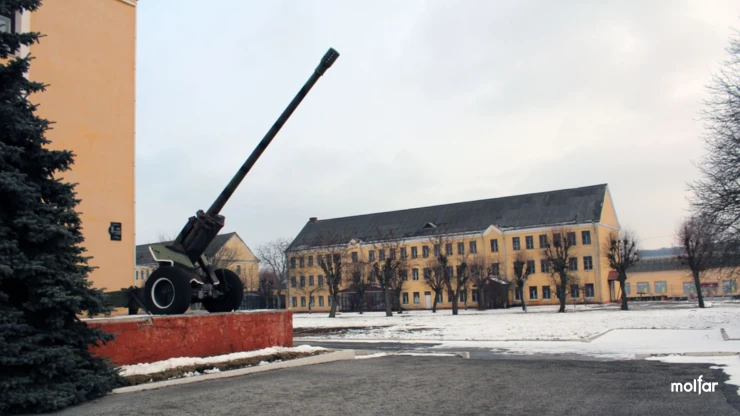

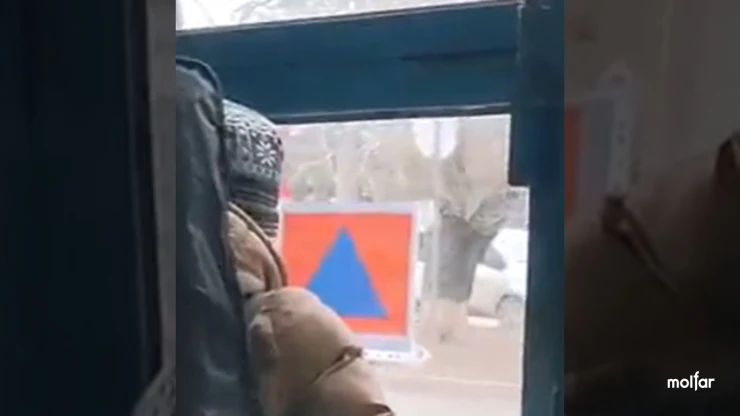
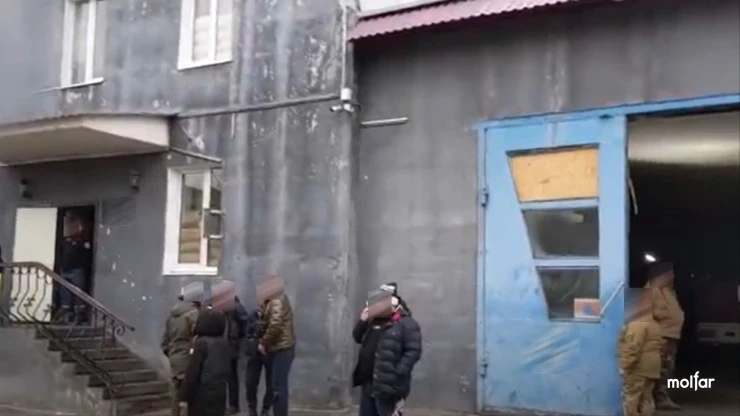


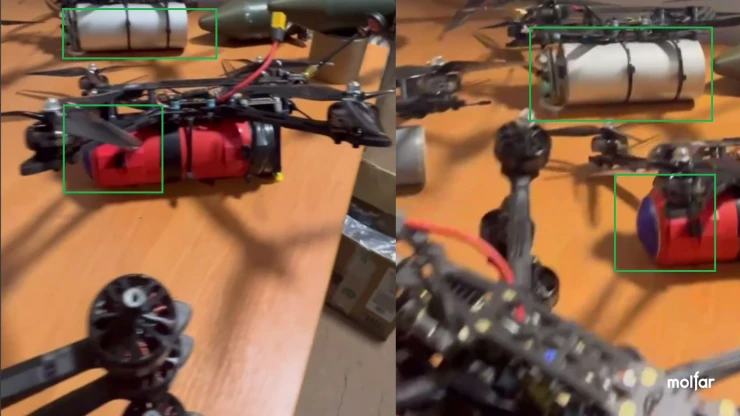
This can give away the location of the military, adjust enemy offensive and defense plans, and enable enemy propaganda to accuse Ukraine of using weapons prohibited by international law. An example of what NOT to film.
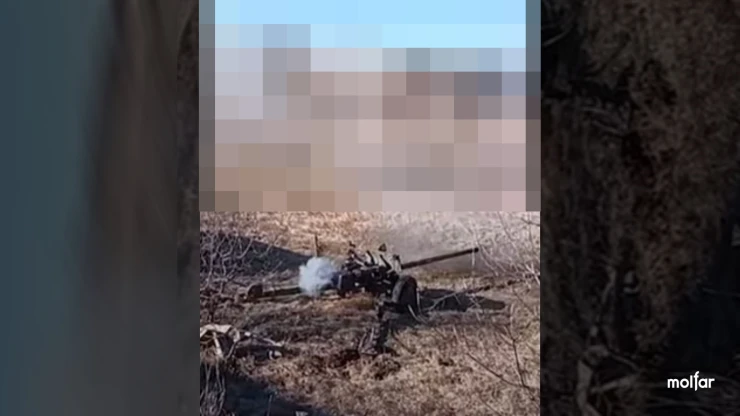
An example of what NOT to film.
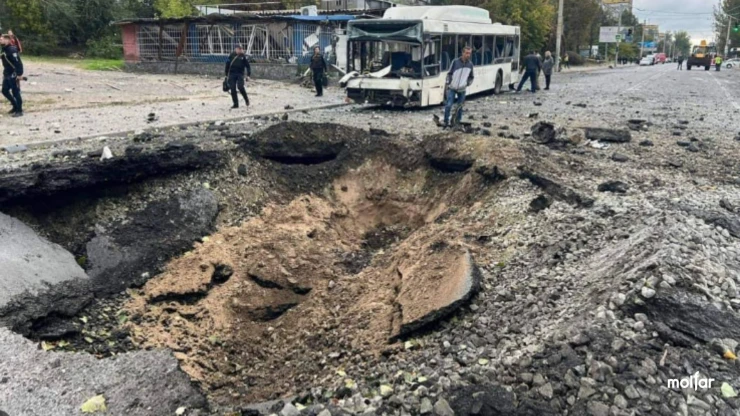
The spread of such materials can provide corrective information for the next enemy attack. An example of what NOT to publish.
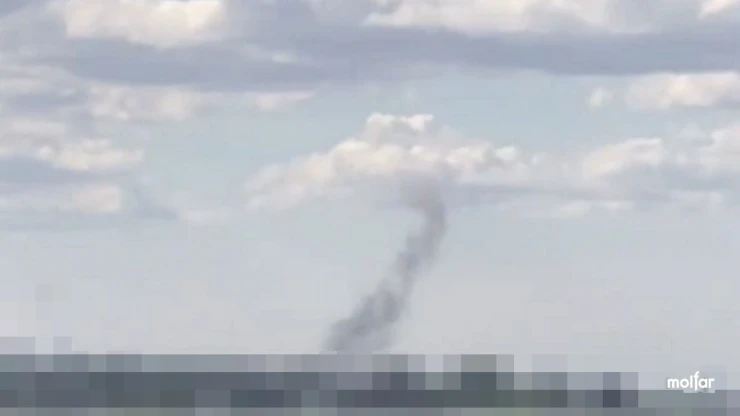
The spread of such materials can provide corrective information for the next enemy attacks, including on air defense systems.
If you strictly follow the requirements of this instruction, it will turn out that it is better not to shoot or publish anything related to military topics at all. However, we all understand that photos and videos about the war in Ukraine are the basis of the information warfare. Therefore, please take this instruction as a rule that forces the military to wear body armor and helmets at all times while they are on the battlefield positions. This is not a guarantee of safety, but it does save lives. It's the same with filming in wartime: even blurred footage can be useful to the enemy. However, if you have complied with the requirements of this instruction, and the potential benefits of publishing your materials outweigh the possible risks, you can safely publish.
👉 You can learn more about the rules of filming military events in the video on the Spiv Brativ YouTube channel.
✉️ To contact the team and receive a comment, please fill out the form below or send your request to: [email protected]

